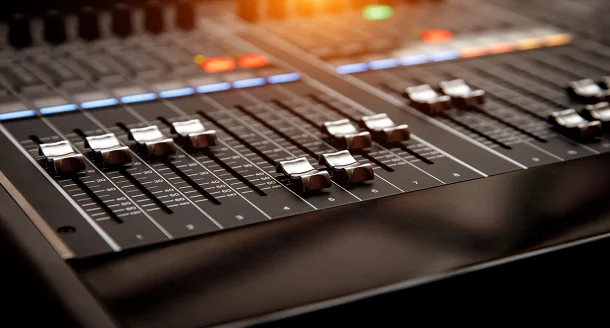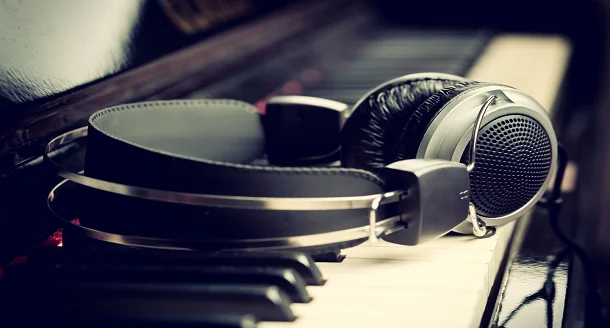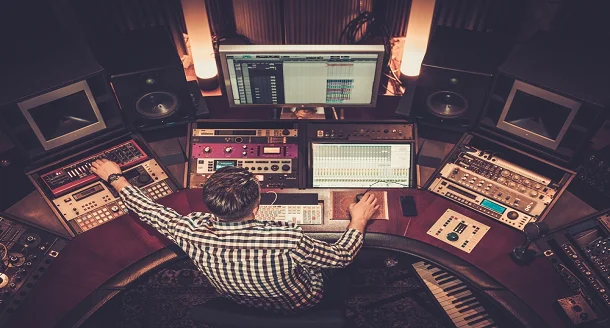
Enhanced technology has made it easier than ever to create and distribute music. Moreover, increasing data transfer speeds have made it even easier to share music. With the help of technologically connected networks, musicians can reach a global audience in seconds. With platforms like Sound Cloud, Spotify, and Youtube, it has never been easier to make music available for people to hear.
It opened doors to piracy:
The rise of online music sharing and commercial CD piracy has challenged the music industry’s monopoly. While traditional piracy techniques such as audiotape ripping and illegal downloading still plague the industry, online music sharing relies on the premise that music is non-rivalrous and non-excludable when loaded onto a computer. While scarcity is necessary for markets, piracy has eliminated this barrier.
The music industry has lost a staggering amount of money in recent years. Its revenue peaked in 1999, but it has fallen significantly since then. It has shrunk to a fraction of its previous level, with payments now down to US$ 6.9 billion, one-third of what they were in 1999. This drop can be attributed to the emergence of paid music streaming services and digital technology.
It blurred the line between real and digital music:
The distinction between real and digital music has become increasingly blurred, but the two forms are not mutually exclusive. While the original concept of a music collection was to pair a physical object with a physical device, technology has made the distinction less clear. Today, we can listen to music on various platforms, including computers, smartphones, and portable audio players.
Music technology has become an integral part of performance and creation and has shaped contemporary pop culture’s aesthetics and sound. As an art form, music technology is as important as the communities that embrace it.
It paved the way for remixes:
Remixes are a creative process that starts with a piece of music or video. Some remixes are more creative than others. Some remixes are just a rehash of an original. There are also remixes of mashups. Some of the best remixes take the original song and make it their own. This practice is often known as mashup culture.
Remixes can range from subtle changes to completely different versions of songs. Mashups are remixes of two recordings, usually an instrumental track and an acapella track. Some mashups are even legal. The Cut Up Boys, for example, have been known to use remixes of popular songs as their own.
It paved the way for a shift in consumer expectations:
Consumers today expect to be able to access music anytime, anywhere. Technology has made this possible. More people are working online and downloading music. This shift in consumer expectations has created new opportunities for digital recording companies and has allowed them to take on more risks in signing contemporary artists.
The music industry needs to evolve to meet consumer expectations. This means that traditional distribution channels and production techniques will no longer be enough. The industry may have to move out of physical recording studios and into virtual creative spaces. The evolution of streaming services has enabled users to create curated playlists and discover new artists.
With the rise of streaming services such as Spotify and iTunes, users no longer need to purchase physical copies of songs or albums. The music is stored in a “cloud” by various companies worldwide. However, consumers may still be concerned about losing the physical touch associated with music.
Author Bio:
Carmen Troy is a research-based content writer, who works for Cognizantt, a globally recognized e Commerce-SEO and Research Prospect; an Dissertatie schrijven diensten tegen de beste prijzen in het Verenigd Koninkrijk Mr Carmen holds a PhD degree in mass communication. He loves to express his views on various issues, including education, technology, and more.

